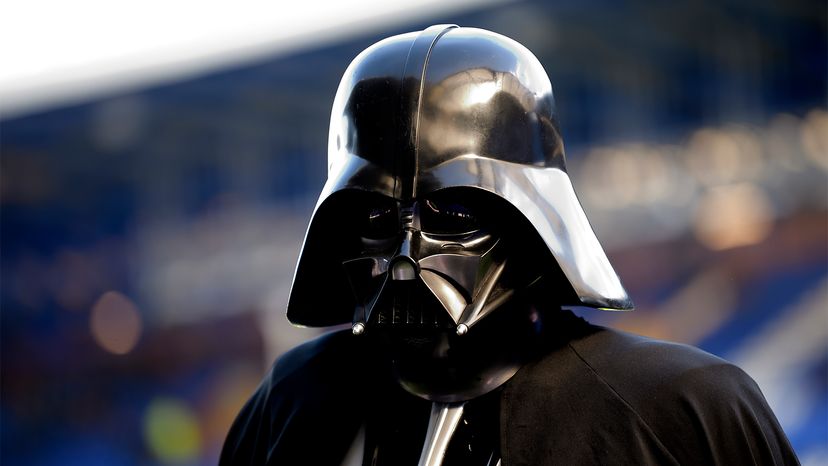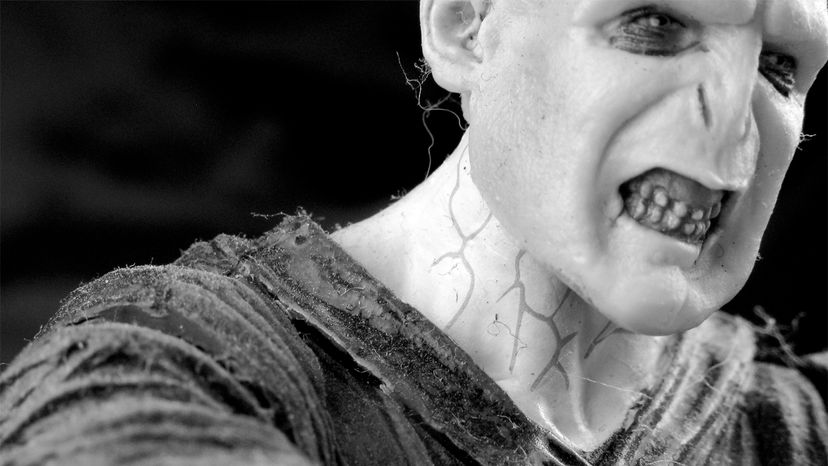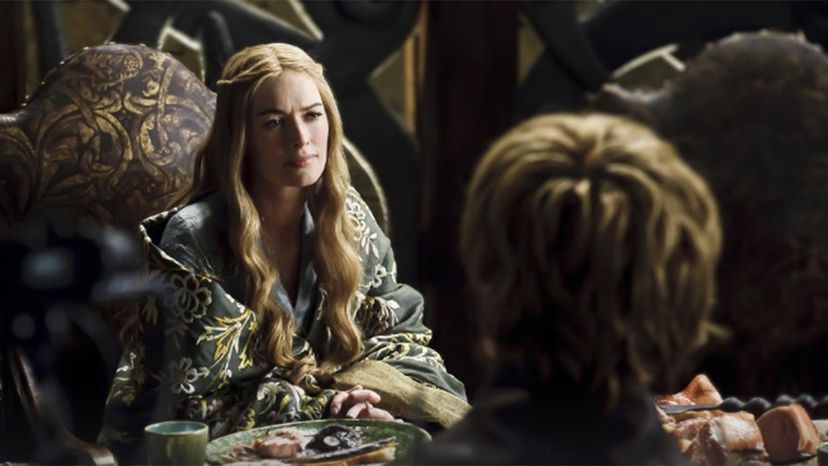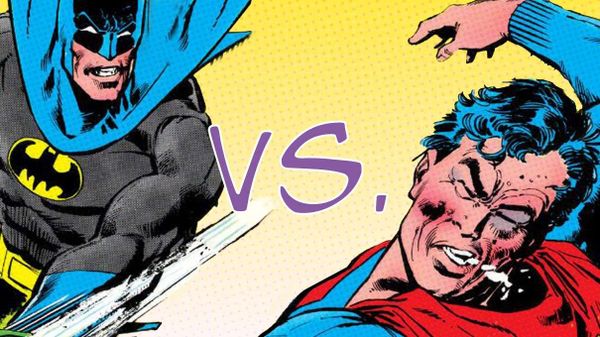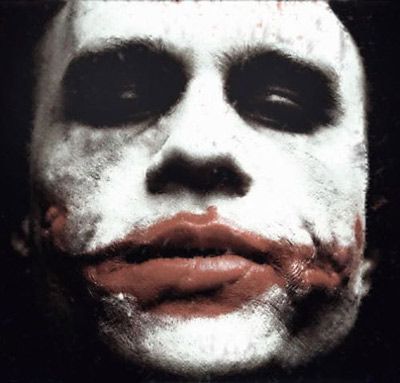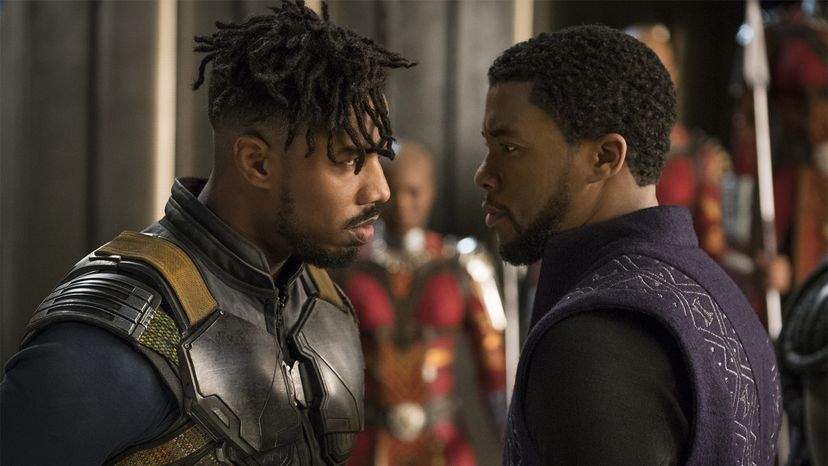
Outdoors in the Mediterranean air under a hot sun, thousands populated the stone seating of giant amphitheaters as they watched and listened to the great dramas unfolding below them. They were stories of conflicts, or "agons," the ancient Greek word for "struggle." The earliest Greek drama had only one actor who, with the help of masks, played all the roles. These roles included the part of the "protagonist," the character who struggles "for" something, and the antagonist, the one who struggles "against."
Later innovations in early theater brought multiple actors and other roles, such as the "deuteragonist" and the "tritagonist" (second and third strugglers, respectively), floaters who could be the protagonist's sidekick one minute, and switch to antagonism the next. Because really, who wants to play the good guy all the time?
Advertisement
Strictly speaking, the terms "protagonist" and "antagonist" don't really correspond to "good guy" and "bad guy." The protagonist is the main character, and the antagonist is the one who antagonizes them. Hannibal Lecter, for instance, could hardly be called a good guy, but he's the protagonist of the novel, "Hannibal" by Thomas Harris. And the "good guys," the cops out to get him, are his antagonists.
All that said, in the vast majority of stories, the protagonist is good and the antagonist is bad and so we often use the word "antagonist" as a synonym for "villain." Here then, are six of the most interesting of pop culture's villainous antagonists.
Advertisement
